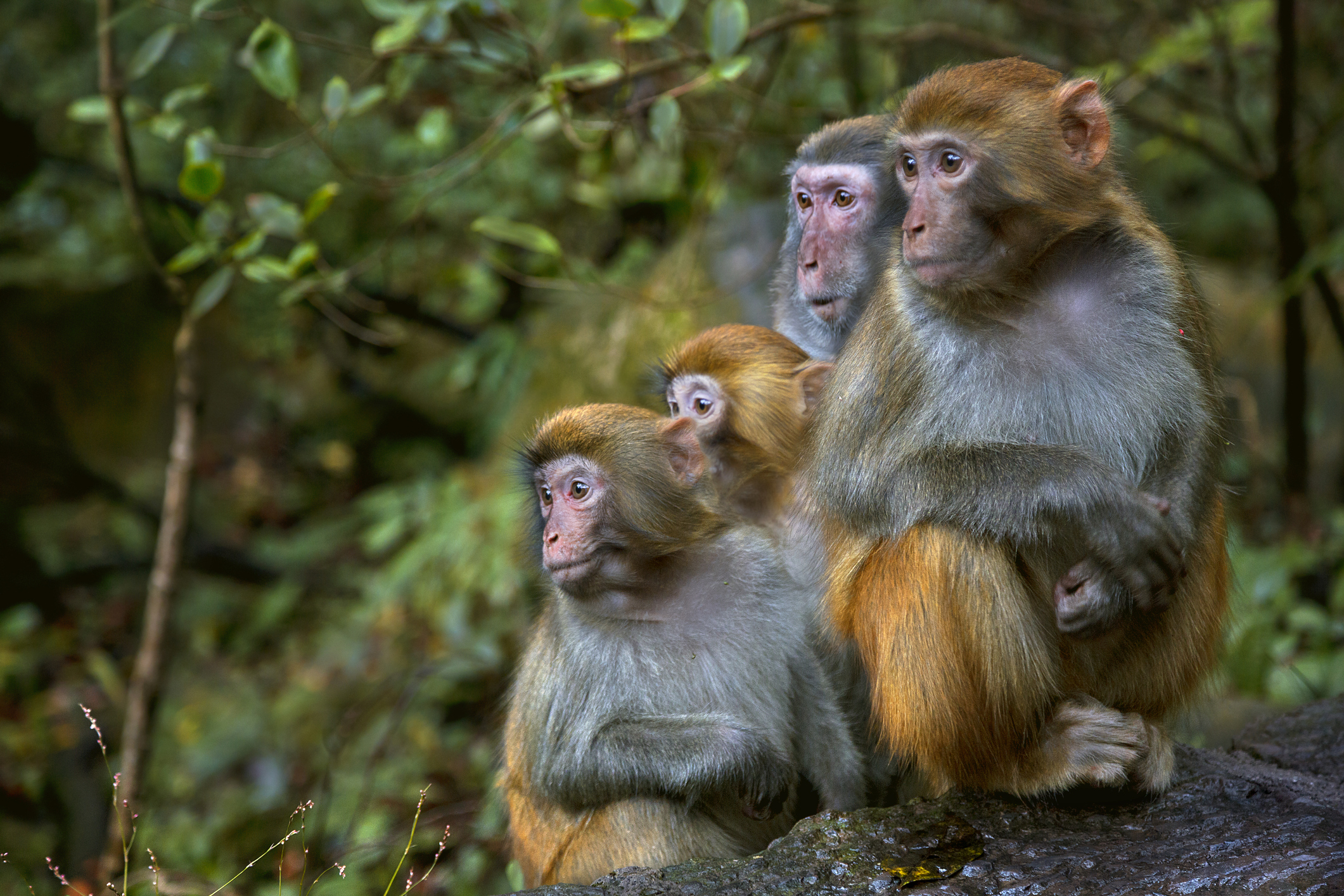Can monkeys get CWD from an infected deer? The answer isn’t as clear-cut as you might already believe.
If you’ve followed CWD at all over the past several years, you’ve heard of the 2017 study results reported by the University of Calgary. In that study, researchers successfully infected five of 18 macaque monkeys with CWD. The problem with this study is it was never peer-reviewed and published in a scientific journal. It was also never duplicated.
Dr. Don Davis is a retired associate professor at the Texas A&M University’s College of Veterinary Medicine. He has 40 years of experience and is one of the few researchers I know who has come out and publicly decried the so-called smoking gun of CWD infecting human-like primates.
That’s not the end of the story. The ways the monkeys were infected has come under scrutiny and casts doubt on the “possible” human ramifications that has some folks cowering in fear.
According to Dr. Davis, two of those five monkeys contracted the disease by having CWD-infected prions injected directly into their brain stems. One of the monkeys caught the disease after being fed CWD-infected brain tissue. The other two monkeys were infected after being fed CWD-infected meat. Don’t stop reading there, because it gets even more curious.
“Any number of species from cattle to cats has been experimentally infected with CWD by direct injection into the brain,” Davis wrote. “Yet this is a completely abnormal route of experimental infection and intracranial transmission does not occur anywhere in nature.”
And now for the real eye-opener from Dr. Davis:

“The remaining two infected macaques were fed meat from CWD-infected deer and CWD-infected macaques, as stated in the progress report on the same study reported at the Prion 2017 Conference. That’s right … CWD-infected monkey meat was fed to other monkeys. So … did the macaques become infected from consuming deer meat or the macaque meat?”
Pardon the pun, but chew on that for a while.
If those revelations aren’t enough, Dr. Davis also points out that the UC researchers also tried to infect monkeys by giving them blood transfusions consisting of CWD-infected blood. Those transfusions did not reproduce any disease. What’s more, no monkeys contracted CWD by having infected prions introduced to cuts, fissures and/or open wounds.
It should be noted that similar studies conducted by National Institutes of Health in Montana found macaque monkeys did not contract the disease. This year, National Institute of Health scientists concluded that CWD did not cross a species barrier to infect macaque monkeys.
“While macaques are not humans, those results suggest that those two modes of transmission for CWD may not be as possible and important as once thought,” Dr. Davis wrote.
His conclusion?
“Experimental infections can be very informative, if they are properly designed and properly reviewed. But things that may be shown to be possible under controlled laboratory conditions may also have an extremely low or no probability of occurring under natural conditions. “Possible” in the laboratory does not equate with “probable” in nature. Also, the results of experiments should never be extrapolated to other species and other conditions.”
Final Thoughts on CWD
According to a published report by the Denver Post, Colorado Department of Public Health and Environment officials (who have dealt with CWD for 52 years) only advises hunters who kill deer and elk from herds where 5 percent or more of males are infected to have animal carcasses tested. Remember, Colorado is ground-zero for CWD — having discovered the disease in a native mule deer that was later placed in an enclosure and subjected to Frankenstein-like tests. Despite having the disease in deer and elk for more than five decades, officials report infection rates of 16 percent or less in pockets across the state.
For those who are worried about CWD threatening the economic impact of deer hunting in their respective states:
Colorado has been dealing with CWD for 52 years, yet the state’s economic impact from deer and elk hunting in 2019 will still exceed $1 billion. In Larimer County alone, the economic impact is $38 million annually. Colorado’s Parks & Wildlife Department advises hunters to have their deer tested only if the deer is taken from an area with an infection rate of 5 percent or higher.
All other states combined, despite having tested more than 1 million animals, are showing a national incidence level of 0.4 percent.
Should we advocate for more CWD research? Absolutely. But the fake-news “zombie apocalypse” must stop. People, please. We need to jump off this hamster wheel of fear mongering. Now.

